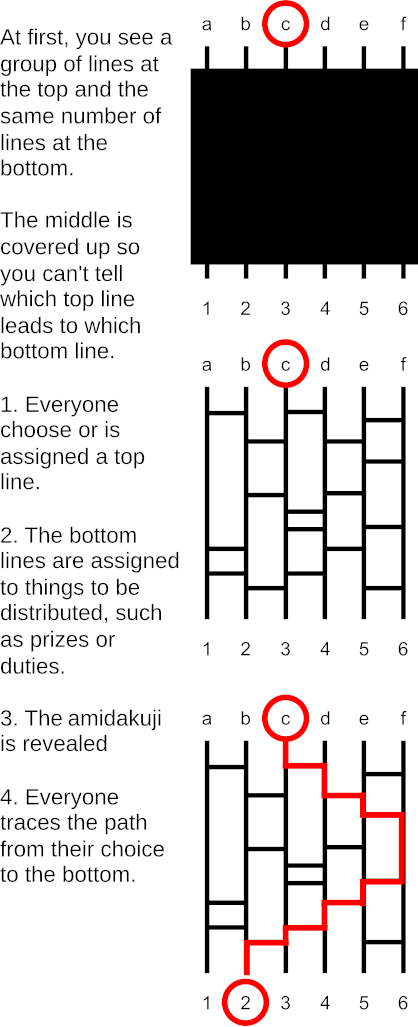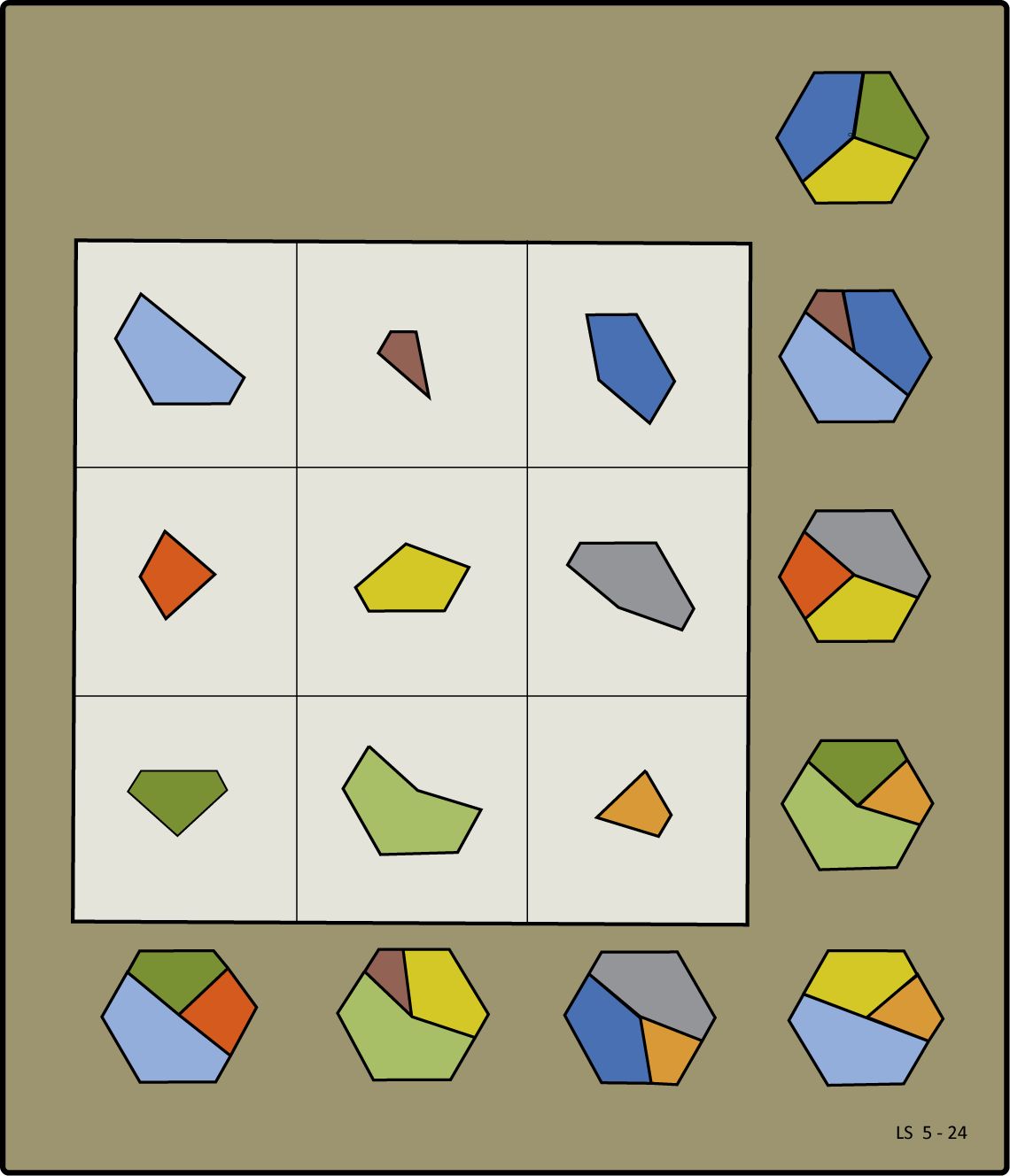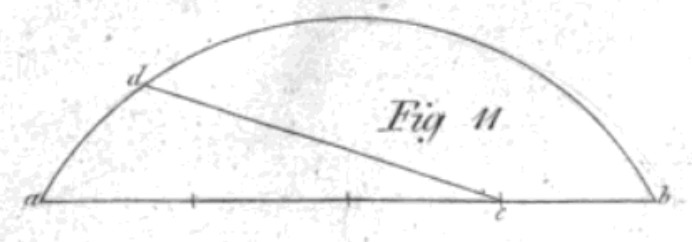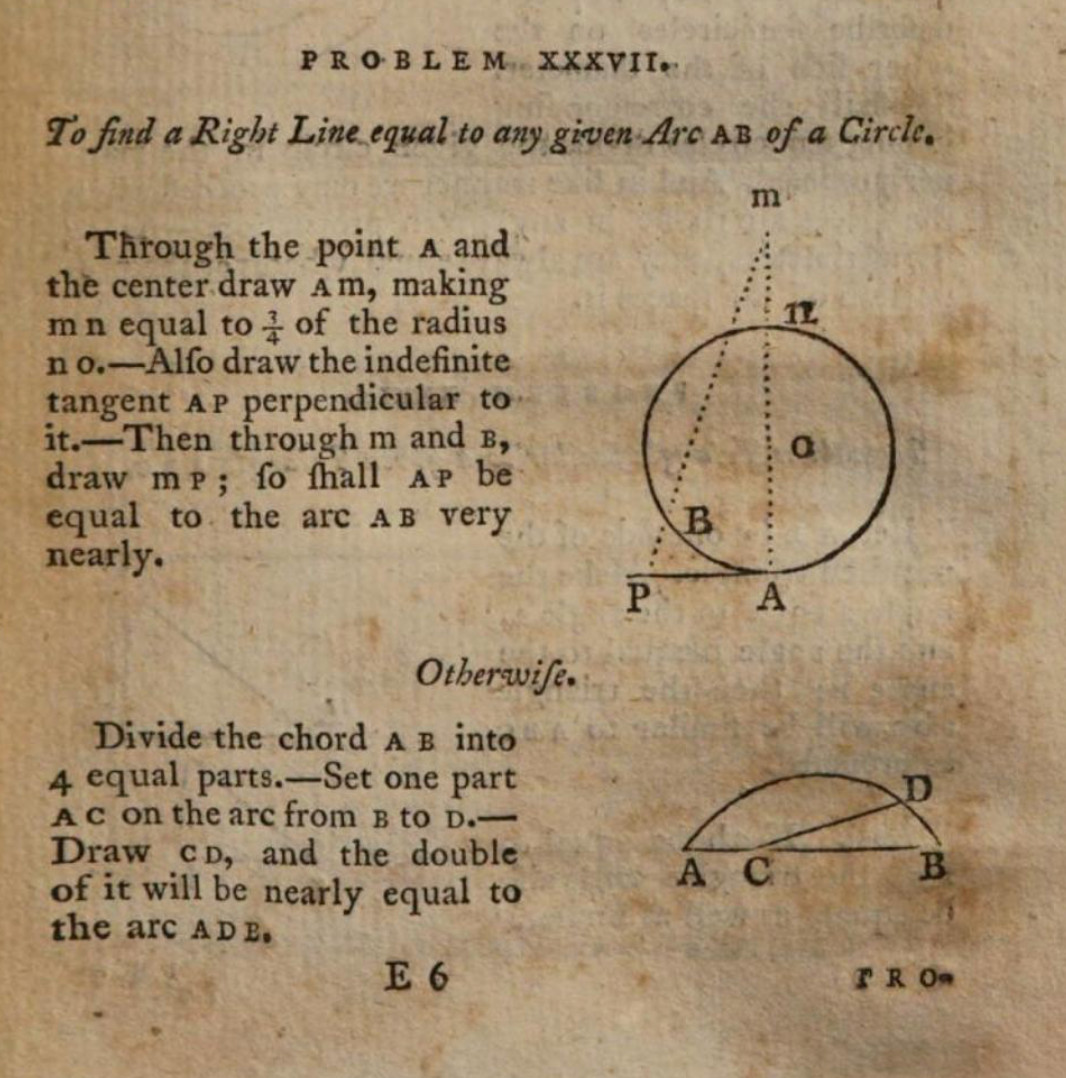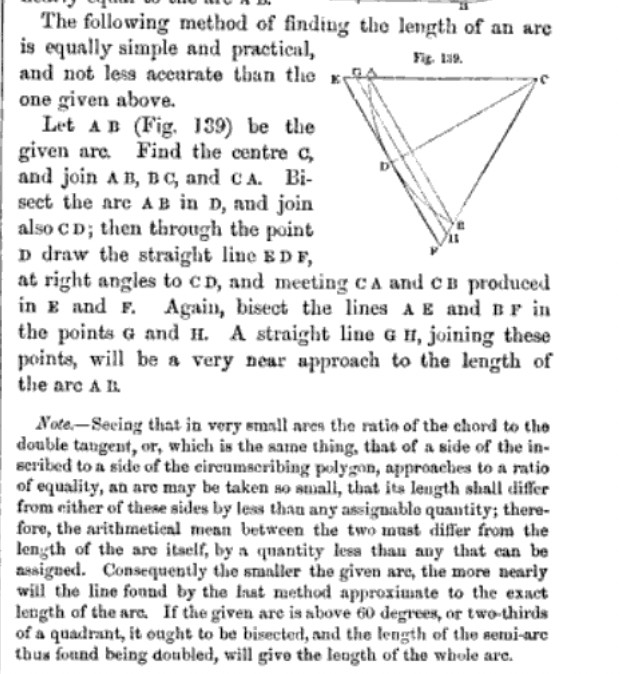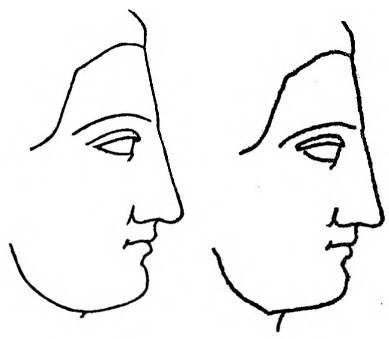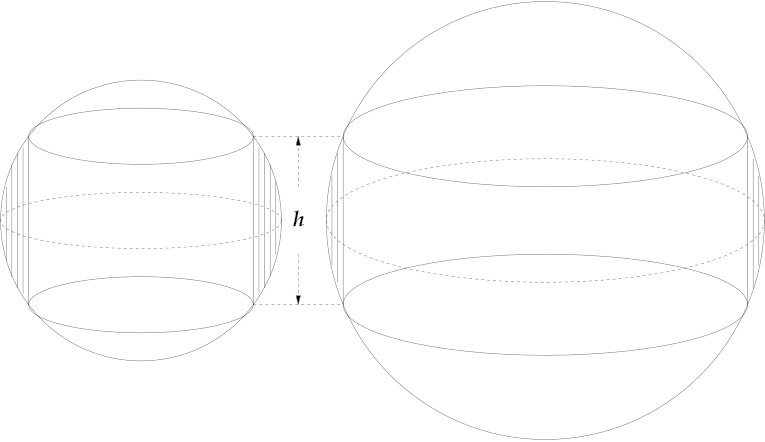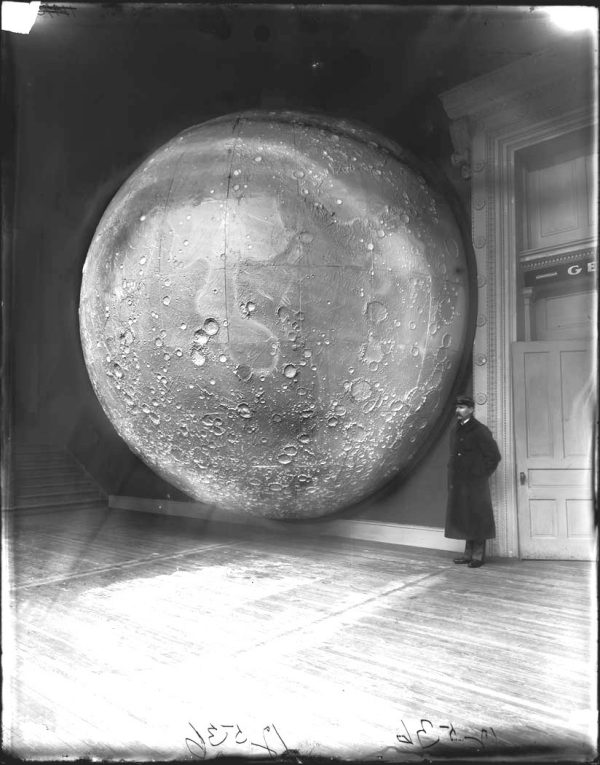A paradox by Columbia University logician Haim Gaifman:
line 1: The sentence on line 1 is not true.
line 2: The sentence on line 1 is not true.
line 3: The sentence on line 2 is not true.
line 4: The sentence on line 3 is not true.
line n + 1: The sentence on line n is not true.
All these sentence are equivalent, because each essentially restates its predecessor. Since the sentence on line 1 isn’t true, the sentence on line 3 isn’t true either. “[B]ut what I have just stated is not true, because it is the sentence on line 4 (or an obviously equivalent reformulation of it), and also this last statement of mine is not true, because it is the sentence on line 5, etc. None of these sentences can be successfully asserted, because none of them is true; but again I find myself slipping into nontruth: what I have just said is not true for it obviously includes the conjunction of these very same sentences; and also this last assertion is not true, and so on ad infinitum.”
(Haim Gaifman, “Pointers to Truth,” Journal of Philosophy 89:5 [May 1992], 223-261. See Yablo’s Paradox.)

